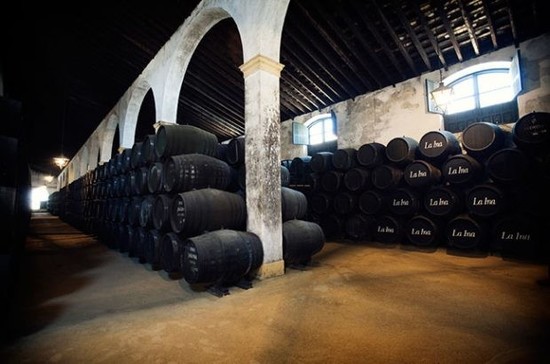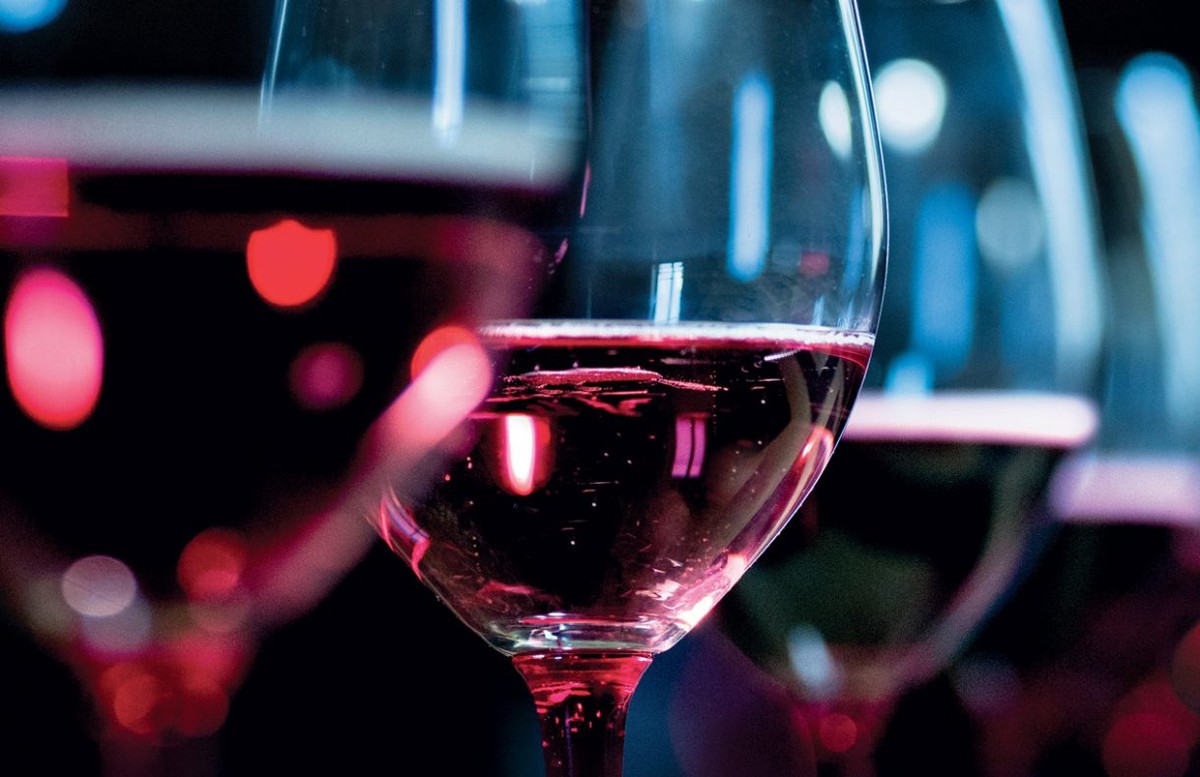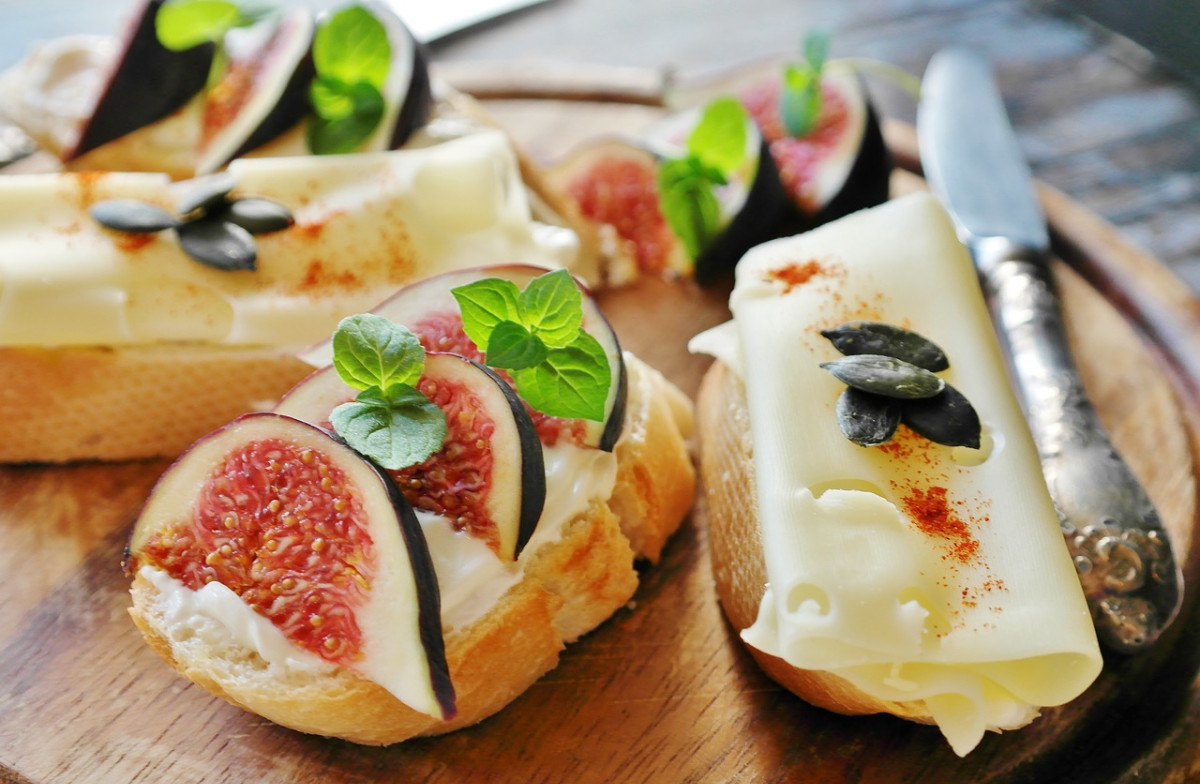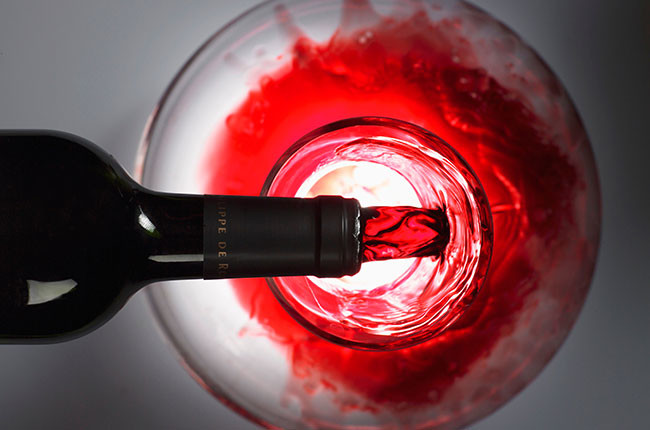Spanish wine specialist Sarah Jane Evans MW talks you through the key styles of Sherry. Also see top Sherry recommendations from Decanter's tastings team...

Fact sheet
Production zone 10,000ha
Ageing zones Jerez, El Puerto and Sanlúcar de Barrameda only
Bodegas 59 registered with El Consejo Regulador
The rolling landscape with its brilliant white soils – this can only be Sherry country. Other countries may have tried to make a fortified wine in the style of Sherry but none can reproduce the terroir found in this corner of Spain.
The albariza soil is up to 40% calcium carbonate, acting like a sponge for the rains. The average rainfall is 620-litres per square metre.
Another key aspect of the climate is the winds. The Poniente is the humid west wind. The Levante is the south-eastern wind, hot and dry, and renowned for driving the residents of Tarifa further down the coast road. Best to stay indoors when the Levante blows and whips up the sand and grit.
The third factor is water. The region is bounded by the Guadalquivir River on one side, and the lesser Guadalete on the other, and to the west, the Atlantic. Sanlúcar, at the mouth of the Guadalquivir, shows the maritime influence most strongly with its pungent but delicate wines. Jerez finos are bolder, more structured, reflecting the more intense climate and the distance from the sea. El Puerto lies beween the two, geographically and stylistically.
Centuries of change
Winemaking began with the Phoenicians at ‘Xera’. Then came five centuries of prohibition under Islamic rule, dating from 711 AD. In the city then known as ‘Sherish’ grapes were used for raisins, for distillation for perfumes, and for ‘medicinal purposes’, though some wine was consumed. Five centuries later King Alfonso reconquered the city. As it was at the frontier it acquired the name Jerez de la Frontera.
The wine trade with England and the Low Countries prospered. In the late 19th century phylloxera interrupted supply. With the replanting, the diverse range of varieties narrowed to the three that prevail today, mainly Palomino (with some Moscatel and a little Pedro Ximénez, both used for sweet wines).
The next challenge was commercial. Inevitably, perhaps, it came from the British. They fostered the Empire’s imitations: from Cyprus, South Africa, Australia, as well as ‘British Sherry’. It was a number of decades before Sherry was able to defend its right to its own name. Its regulatory body, the Jerez-Xérès-Sherry Consejo, is the oldest in Spain, established in 1933. Manzanilla was officially recognised in 1964 with the creation of the Denomination of Manzanilla-Sanlúcar de Barrameda.
Finally came the long years of decline as drinkers moved to other wines. The vineyard area diminished substantially. Too many wheat fields now stand where once were vineyards.
Click to see the full article on Decanter Premium>>

Translated by Sylvia Wu / 吴嘉溦
All rights reserved by Future plc. No part of this publication may be reproduced, distributed or transmitted in any form or by any means without the prior written permission of Decanter.
Only Official Media Partners (see About us) of DecanterChina.com may republish part of the content from the site without prior permission under strict Terms & Conditions. Contact china@decanter.com to learn about how to become an Official Media Partner of DecanterChina.com.








Comments
Submit